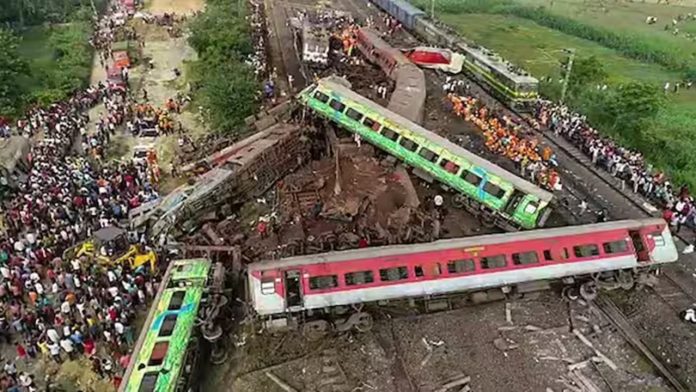The Central Bureau of Investigation (CBI) has made significant progress in the investigation of the deadliest train crash case. The CBI arrested two senior section engineers (signal) and a technician on July 7. They are now facing charges under Indian Penal Code sections 304 and 201. These charges are for “their action which led to the incident”1, however the precise nature of their involvement has not been revealed.
Surprisingly, the CBI’s accusations were not initially included in the Odisha police’s first information report (FIR). Following a month-long investigation, the CBI re-registered the case and added the charges. This unexpected twist highlights the grave nature of the suspect’s alleged actions.
Investigation
The Railways chose not to release the Commissioner of Railways Safety (CRS) probe report on the Balasore triple train tragedy in order to preserve the integrity of the CBI’s ongoing investigation. This measure was implemented to deter any possible effect or interference. Officials are keen to allow the CBI to undertake an unbiased investigation into the issue.
The three people arrested have been named as Arun Kumar Mahanta, a senior section engineer in Balasore, Mohammed Amir Khan, a senior section engineer in Soro, and technician Pappu Kumar, who worked in Balasore. Following the incident, the accused allegedly attempted to destroy evidence in order to evade being recognised for their role in the collision.
Investigation Findings
The arrest occurred shortly after the CRS presented the railway board with its report on the Balasore accident. According to the study, incorrect signalling caused by two previous repair failures played a significant role in the incident. The investigation found specific flaws in the signaling-circuit-alteration at the Bahanaga Bazaar railway station’s north signal cabin. In addition, inconsistencies in signalling work linked to the replacement of the electric lifting barrier at level crossing gate 94 were discovered.
After taking over the investigation, the CBI team went to the collision site with forensic experts to gather evidence. They took statements from key officials and studied the signalling system to see if there was any foul play, technological flaws, or human error involved in the incident. Previous investigations also pointed to a wire failure near the Bahanaga Bazaar train station that remained undetected by Signal and Telecom (S&T) personnel.
The inquiry team meticulously analysed the recorded data in the data logger device between 3 p.m. and 11:58 p.m. on June 2 to reconstruct the precise sequence of events throughout the investigation. Surprisingly, Mr. Mahanta allegedly noticed, when in the test room, around five hours after the accident, that the point indicator was still displaying normal, despite the evident damage to the point machines.
We will wait for more updates.

